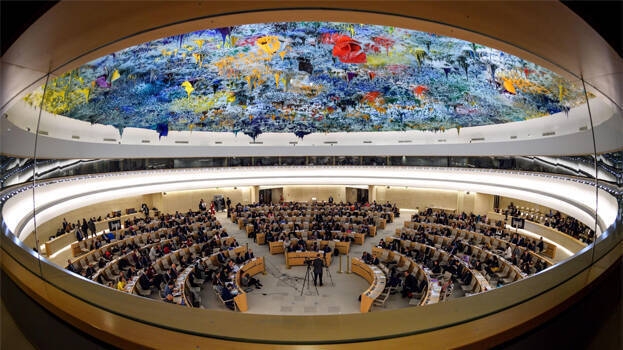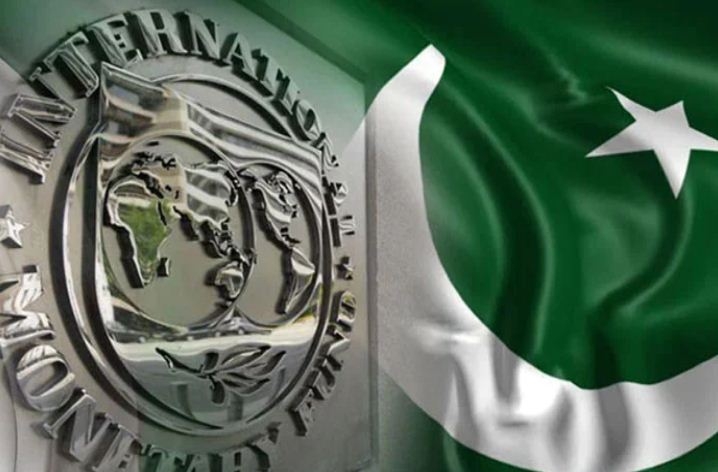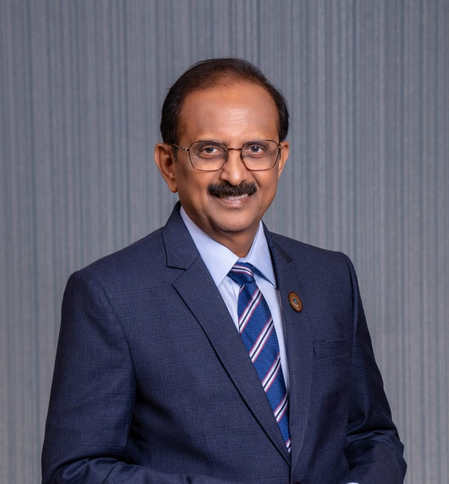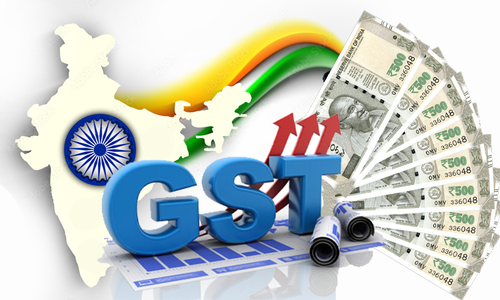The demographics who are being affected by lifestyle diseases are changing. These disorders are now claiming the lives of younger individuals, often still in their productive years, and frequently affecting individuals who haven’t even reached middle age…reports Asian Lite News
In the past decade, India has undergone an economic transformation, with a remarkable increase in per capita income. This financial prosperity has improved the quality of life for many people across the country. However, this economic progress has also brought challenges, especially for public health. As incomes rise in India, so do lifestyle diseases, revealing the delicate balance that exists between prosperity and wellness.
As per World Health Organisation (WHO), nearly 500 million people are anticipated to develop lifestyle diseases by 2030. This is estimated to cost the global economy close to USD 27 billion per annum. As such, we’re presented with a concerning picture – as incomes increase, so does the prevalence of conditions like diabetes, heart disease, cancer, mental illness, and obesity.
India’s Unforeseen Health Crisis
Despite the Indian economic boom in its early stages, the effects of this sudden influx of prosperity are already clearly apparent. Increasingly sedentary lifestyles, lack of work-life balance, overconsumption of processed foods and rising tobacco and alcohol addiction have added to a sharp spike in health issues. Ailments such as heart disease, chronic respiratory diseases and diabetes are estimated to account for a massive 60% of all deaths, leading causes of mortality in the country.
India is also in the midst of a diabetes epidemic, with over 70 million cases as of 2022, projected to rise to 134 million by 2045. The cascade effects of diabetes also contribute to this healthcare crisis, with a higher likelihood of kidney disorders, eye issues leading even to blindness, nerve damage, wounds not healing properly, and greater susceptibility to other infections.
The Shifting Face of Illness
The demographics who are being affected by lifestyle diseases are changing. These disorders are now claiming the lives of younger individuals, often still in their productive years, and frequently affecting individuals who haven’t even reached middle age. 50 percent of all heart attacks in India occur in men under the age of 50, in this 25% occur in men under the age of 40. This shifting paradigm demands significant transformation in India’s healthcare approach, moving from a predominantly reactionary model focused on diagnosis and treatment to one that prioritises early screening, active monitoring, and preventative healthcare strategies.
Affluenza as a Recurring Epidemic
It’s clear that an increase in income goes hand-in-hand with a greater chance of developing certain illnesses. This mirrors a pattern seen across the world – as economies develop and household incomes rise, so do a specific set of diseases. We’ve already seen the pattern play out in the United States in their post-World War II boom and in China in the late 90s and early 2000s. As individuals transition from lower-middle-class to middle-class status, their consumption habits undergo significant changes. With increased disposable income, there’s a tendency to indulge in more processed foods, sugary beverages, and dining out. The availability and affordability of alcohol and tobacco products also contribute to lifestyle choices that can lead to chronic health conditions.
The Middle-Class Wellness Trap
Once individuals move to the upper-middle classes, they typically prioritise their health and well-being. This is when they move beyond material comforts and begin investing in self-improvement – gym memberships, organic foods, and preventive healthcare measures such as regular check-ups and screenings. However the transition to a health-conscious lifestyle is not immediate for everyone. In a country like India, this is made even worse by the difficulty in crossing that final socio economic barrier. While much of the country has begun the shift from lower to middle class, moving from the middle to the upper-middle class is a much tougher hurdle to cross.
As our economy continues to grow, its concurrent drop in wellness is raising alarms about the nation’s health trajectory. There is a need for proactive measures to address the root causes of lifestyle diseases. This includes comprehensive public health campaigns promoting healthy eating, regular physical activity, stress management and smoking cessation. Workplace wellness programs can also play a crucial role in encouraging employees to prioritise their health amidst demanding work schedules. By raising awareness, fostering individual responsibility and implementing policies that support healthy lifestyles, India can navigate the complexities of affluence while safeguarding the well-being of its population.
ALSO READ-US Launches Network to Assess Cancer Screening Tech














